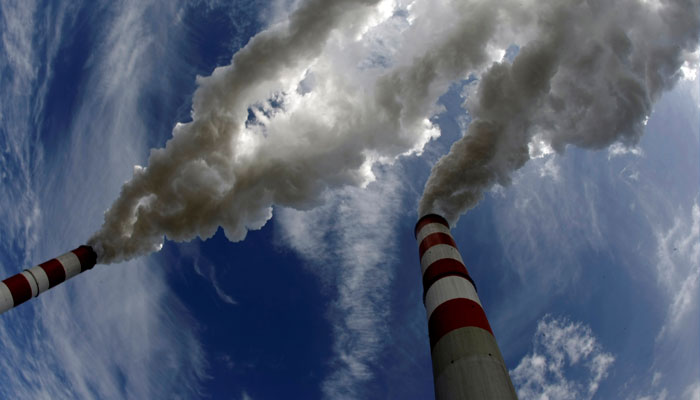Carbon pollution at record high despite renewable surge, IEA report warns
Carbon emissions hit 410 million metric tons, or 1.1%, totalling 37.4 billion metric tons in 2023
March 01, 2024

A report from the International Energy Agency (IEA) released on Thursday reveals that global carbon pollution from energy has reached an alarming record high, posing a significant threat to climate goals, Reuters reported.
The surge is attributed, in part, to increased fossil fuel consumption in regions facing hydropower limitations due to droughts.
Contrary to the imperative reduction needed to meet the Paris Agreement's climate objectives, carbon dioxide emissions hit an unprecedented high, with a rise of 410 million metric tons, or 1.1%, totalling 37.4 billion metric tons in 2023, according to the IEA analysis.
The expansion of clean technologies such as wind, solar, and electric vehicles did contribute to a slowed emissions growth rate of 1.3% in 2022.
However, factors like China's economic reopening, heightened fossil fuel usage in regions with limited hydropower, and the aviation sector's recovery led to an overall increase.
Approximately 40% of the emissions rise, equivalent to 170 million tonnes of CO2, resulted from efforts to compensate for lost hydropower generation during extreme droughts, as highlighted by the IEA. The report underscores that, without this compensatory effect, global electricity sector emissions would have seen a decline in 2023.
Notable reductions were reported in the United States, where energy-related emissions fell by 4.1%, primarily driven by the electricity sector. The European Union experienced a nearly 9% decrease in energy-related emissions, propelled by increased renewable power generation and declines in coal and gas power.
In contrast, China witnessed a 5.2% increase in energy-related emissions, driven by post-COVID-19 recovery, though the country contributed significantly to global renewable additions, accounting for approximately 60% of solar, wind power, and electric vehicle advancements in 2023, according to the IEA.









